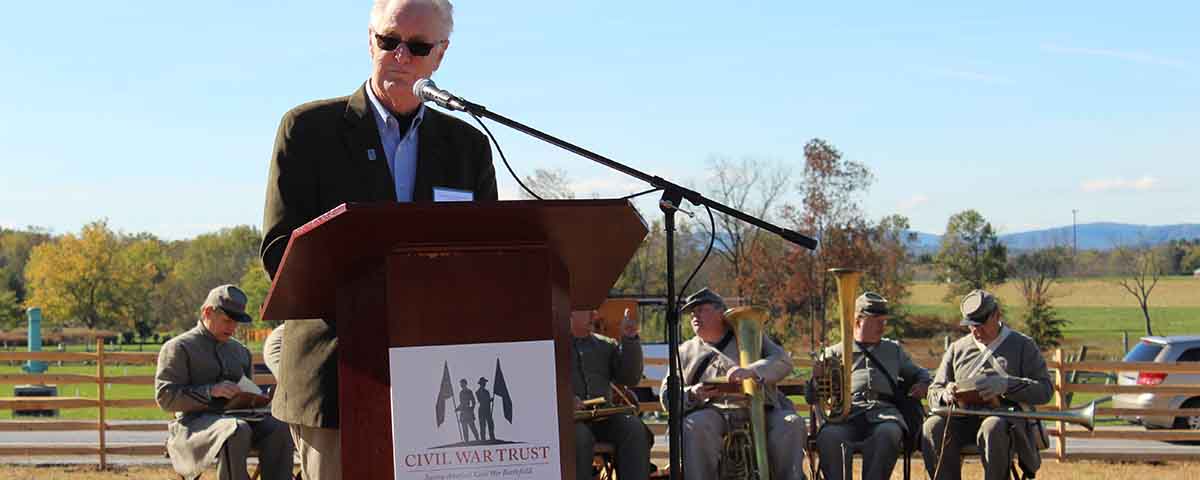Civil War Trust President Jim Lighthizer, On the Rescue of a Storied Gettysburg landmark.
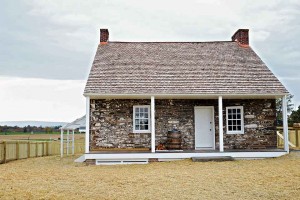
Beside a busy highway on the outskirts of Gettysburg, Pa., stands a small stone house, known for where General Robert E. Lee directed his troops during the Battle of Gettysburg. Long obscured by commercial development, Lee’s headquarters during the historic battle has finally been restored to the condition of that period. Over the past two years, Civil War Trust President Jim Lighthizer oversaw a $6 million-plus campaign to restore the house and surrounding topography. That involved the removal of 10 buildings—including a motel, pool, brew pub, and souvenir shops—that had sprung up on the simple homestead where the widow Mary Thompson lived peacefully before the Army of Northern Virginia’s arrival in the summer of 1863.
What was the site like on July 1, 1863?
It was a house, a barn, and a couple of other buildings on the outskirts of town and owned by Thaddeus Stephens, an abolitionist and congressman who rented it out to a widow. It also
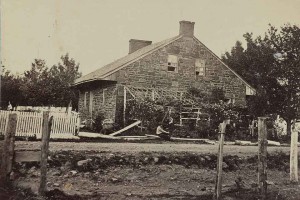
happened to be sitting on a ridge which gave a lovely panoramic view both east toward what would be the battle on the 2nd and 3rd of July as well as to the west where the battle had been.
Why is the site worth saving?
There was tremendous back and forth fighting. It was ferocious fighting on that land before the Army of Northern Virginia was successful in pushing the Yankees off it. That’s what it looks like when Robert E. Lee rides up, sees it, and realizes it’s an ideal place for a headquarters because you had to see things to understand what was going on. The decision to remain in and around that building over the next three days were truly monumental in that they determined the outcome of the battle, and in an indirect sense ultimately the outcome of the war. It’s a big deal. It has been said that before we got there it was one of the most important unprotected buildings in America. Think about the 153 years that it was a battlefield, people actually came and visited, and tens of millions of people drove, walked, rode by that site and had no idea it was actually Lee’s headquarters.
Why did it take so long to get recognized?
It was covered up, hidden in plain sight. It’s a miracle they didn’t tear the house down. The site became a commercial attraction, but then it got covered up by a motel that was ever expanding and a restaurant and brew pub. Of course it was Robert E. Lee’s Headquarters Motel, but most people don’t think: Well, is that the building?
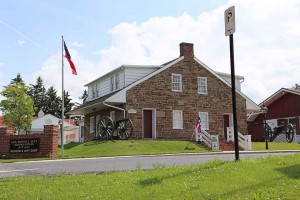
What was the biggest challenge?
Two things were really unusual about this: One, it was complicated commercially in that it had a liquor license and a franchise with a national hotelier, and that stuff is not stuff we’re necessarily used to doing. We’re used to buying raw land or land with a house on it, not ongoing businesses. The second thing, the seller required that there be confidentiality for an extended period of time. We had 14 months to go from zero, no dollars, to $6 million, including half a million dollars for restoration. We couldn’t tell the world about it for about half that time.
The raising of the money was the hardest part. The second was getting the permits. The third was the restoration. We not only had to destroy the modern buildings, some of which were loaded with asbestos, but we had to restore the topography. We’re lucky to have historic maps of the battlefield because it’s so famous. They were doing topo maps up until a half hour after the last cannon rolled out. We’re going to be planting an apple orchard in back of the place because we know one was there. We know the kind of fencing that was up. We know exactly how the building looked, what kind of plant material was around the place, we even brought in a doghouse like the one that was there.
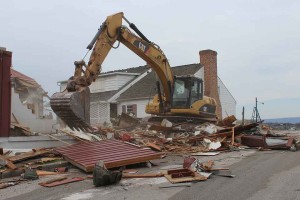
How will the site be used in the future?
We’re playing that by ear. Ultimately we will gift it to the Park Service. The key thing is when you come up to learn and study the battle, you’re looking exactly at how the topography was and exactly what the house looked like. It’s a simple house inside. It’s simply not necessary to go into the house if you’re studying the battlefield. You see Lee’s headquarters juxtaposed against the landscape. You’re seeing what Lee saw. The grounds look the same as they did then. If Robert E. Lee rode up on Traveller today, he would know where he was.

